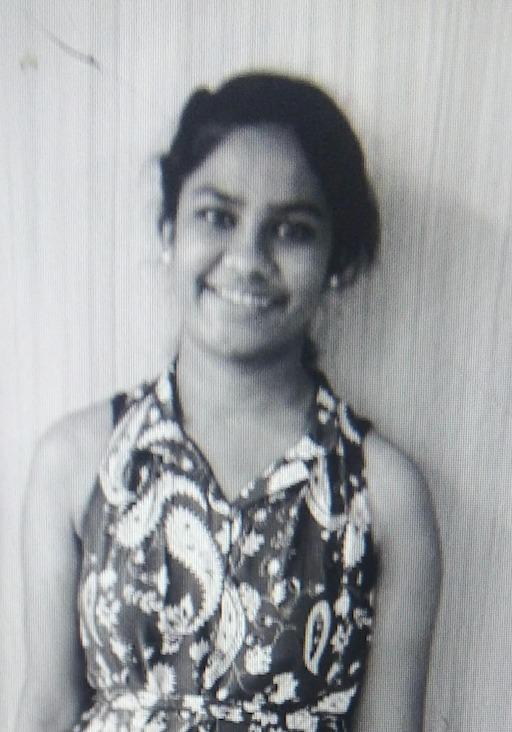What the Stones Remember: Notes from my Visit to the Chola Temples and my Personal Attempt to Reconstruct the Chola Past
Last November, I visited the Chola-era temples of Thanjavur and Gangaikondacholapuram. The grandeur of the Brihadeshwara temple - towering vimanas, massive Nandi sculptures, the 81 carved dance positions on the upper walls was very inspiring and .... intriguing. But what stayed with me were the silences. chipped inscriptions, broken carvings, walls with missing context. The feeling that so much is still here, and yet so much has already been lost.
This talk is about a quiet, personal effort to understand what remains. I started with the photographs I took during my visit, collected images from open datasets I could find online, and began piecing together fragments-of architecture, sculpture, text, and layout to try and tell a small part of the story of these temples.
I came across things that surprised me. One sculpture, when seen from the left and right, looked exactly the same - a visual palindrome. A few lines of text extracted from the walls pointed to Kamban’s version of the Ramayana - a retelling rooted in Chola poetic tradition, different from the one most of us know.
I’ll walk through what I learned. From the symbolic design of the temple complex and the socio-economic life it once supported, to the inscriptions that reference Rajaraja Chola and the mythical yali creatures carved which makes its appearance everywhere. I’ll also share how free and open-source tools helped me: from extracting Tamil and Sanskrit inscriptions using OCR, to mapping the layout with QGIS, and visualizing temple forms with Meshroom and open data.
Temples, especially ones like Brihadeshwara, were not just places of worship, they were centers of life, knowledge, and art! This talk is a reflection on what it means to try and listen to them today, using what’s accessible and open.
P.S you can find some of the pictures and the inferences in the doc attached .
You Don’t Need to Be a Historian to Start Exploring
This began as a personal project- a few photos, a deep sense of curiosity, and some freely available tools.
Our Temples Hold Unwritten Archives, And They’re Everywhere!
India has over 6.5 lakh temples, many of them centuries or millennia old. What I found in Tanjore and Gangaikondacholapuram likely echoes elsewhere. Anyone, anywhere, can begin exploring the temples of their own region. These are stories waiting to be noticed.
Open Tools and Vision Models
Image-to-3D Reconstruction using Meshroom + COLMAP: to create spatial awareness from photographs.
Inscription Text Extraction using OCR (finetuned models for Indic scripts): to extract faint, time-worn Tamil and Sanskrit text.
Carving Pattern Clustering using a ResNet50-based feature extractor and KMeans: to group similar motifs (like yali creatures).
Symmetry Analysis on sculptures using OpenCV + SIFT/SURF feature matching: to detect mirrored forms—like the "palindrome in stone" I found.
Lessons from Image Reconstruction
Lighting and shadow affect 3D reconstructions dramatically-temples with strong light contrasts require careful angle planning.
Redundancy is key - more images from multiple angles help fill in damaged or missing parts.
Combining historical photos with current ones helps surface what’s been lost.
A Quiet Invitation
This is a quiet invitation to others: look at the temples near you. Try taking photos, reading inscriptions, or simply observing what symbols repeat. Use what’s available. Share what you find. The stones remember more than we think-and they're still speaking.
Which track are you applying for?
Varuni H K

I like the talk narrative, but I'm unsure of what takeaways will be for an open data audience. There's also very little mention of the open dataset that was used here (pics downloaded from the internet is a bit vague).
Edit: Changed my vote from Maybe to Reject after looking at more proposals.
Not a good fit for this devroom.
Unsure of how the talk would fit with the open data topic.